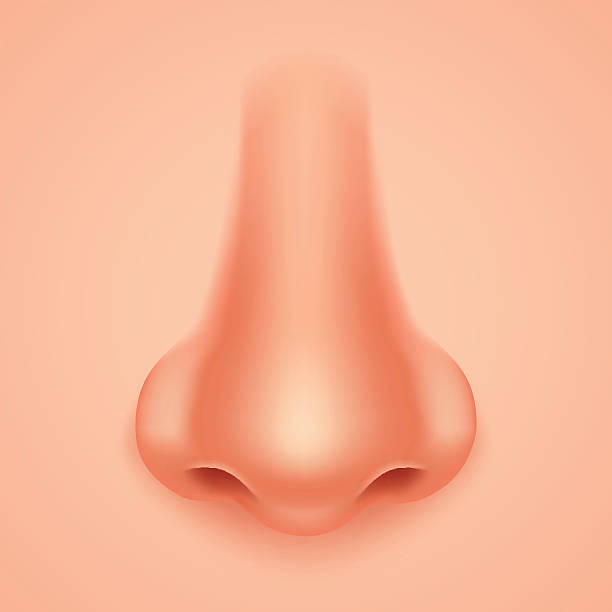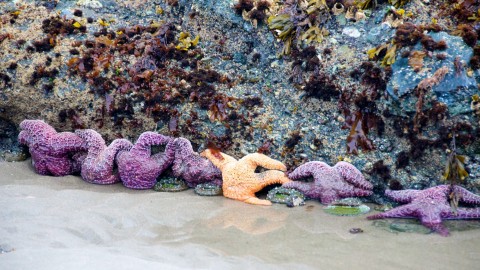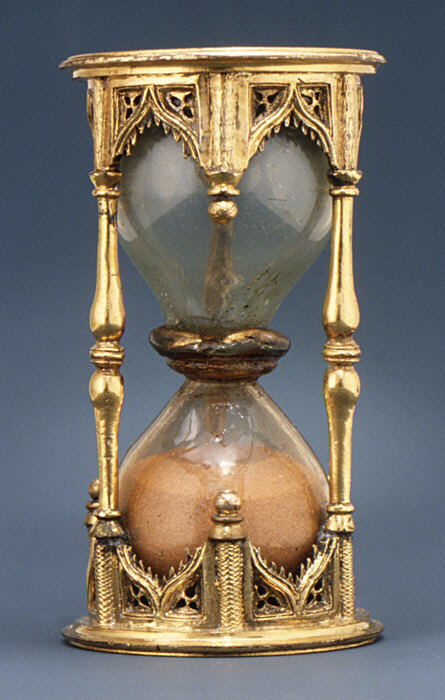Types and Usage
Nose: Facts, Function & Diseases
The human nose is more than just a flap of flesh and cartilage on the front of the face. Besides being part of the respiratory system that inhales oxygen and exhales carbon dioxide, the nose also contributes to other important functions, such as hearing and tasting.
Size and shape
Human noses can have a wide array of shapes and sizes due to genetics and injuries. Men generally have larger noses than women, researchers say. According to the Guinness Book of World Records, the largest human nose on a living person belongs to Mehmet Ozyurek of Turkey. His nose is 3.46 inches (8.8 centimeters) long from the bridge to the tip.
Function:
The two openings in the nose care called nostrils, or napes. They lead to two nasal cavities that are separated by the septum, a wall of cartilage. Inside the face is an intricate system of canals and pockets of air called sinus cavities. Sinus cavities span all the way to the back of the skull, right above the oral cavity, within the cheekbones and between the eyes and brows. All of these areas are responsible, at least in part, for breathing, smelling, tasting and immune system defense.
Snot and boogers
The nose is also the first line of defense against sickness. The nose is lined with fine, hair-like projections known as cilia. The sinuses are lined with mucus-making cells. The mucus (or “snot”) keeps the nose from drying out. Together, cilia and snot collect dust, bacteria and other debris before they can enter the rest of the body.
Other senses
Without the nose, the body wouldn’t be able to taste food nearly as well. What humans call “taste” is actually a mixture of different sensations. One of the sensations is smell. When food is eaten, the nose smells the food and sends information to the mouth in a process called olfactory referral. This is why those with a cold or other nose condition finds that food lacks flavor.
Diseases & conditions
Since the nose is complex, there are many things that can go wrong. “The most common ailments people come to our office with are difficulty breathing through the nose, nasal obstruction, nasal allergies, chronic sinus infections, and nasal polyps. Another thing we’re seeing more of is people coming in for a poor sense of smell.
The most common cause for the loss of the sense of smell is a viral infection, like a cold, Kanowitz told Live Science. Sinus infections, nasal polyps, tobacco use, head trauma and, in exceedingly rare instances, tumors, may also cause smell loss. Some loss of smell also occurs during the natural aging process, much akin to visual and hearing loss.
Things coming out of the nose can be a problem. A runny nose is caused by the production of mucus in the nose. Bloody noses are caused when the tiny blood vessels in the nose break due to dry air, irritants, chemicals, impacts to the nose and various other factors.











